Search
Search Results
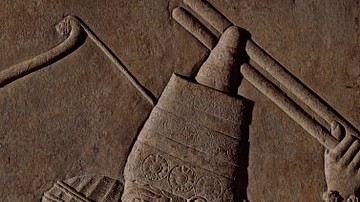
Definition
Ashurbanipal
Ashurbanipal (r. 668-627 BCE, also known as Assurbanipal) was the last of the great kings of Assyria. His name means "the god Ashur is creator of an heir" and he was the son of King Esarhaddon of the Neo-Assyrian Empire. In the Hebrew Tanakh...
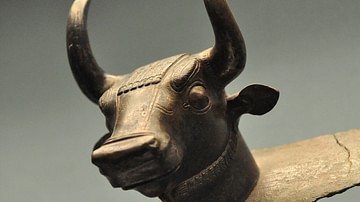
Definition
Urartu Civilization
Urartu, also known as the Kingdom of Urartu or the Kingdom of Van, was a civilization which developed in the Bronze and Iron Age of ancient Armenia, eastern Turkey, and northwestern Iran from the 9th century BCE. Controlling territories through...

Article
Fortifications in Ancient Chinese Warfare
While ancient Chinese warfare was often characterised by large armies in pitched battles, siege warfare and the sacking of cities were also regular features. Huge earth walls with towers and encircling ditches or moats became the normal strategy...

Article
Battle of Marston Moor
The Battle of Marston Moor near York on 2 July 1644 was one of the most important engagements of the English Civil Wars (1642-1651). The Parliamentarians won the battle which, involving over 45,000 men, was the largest of the First English...
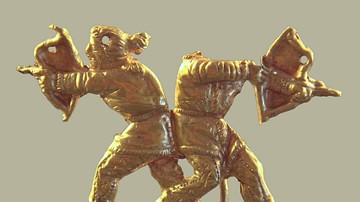
Image
Scythians Shooting with Bows
Scythians shooting with bows, from Kerch, c. 475-450 BCE.
Photographed at the Louvre, Paris, in 2007.
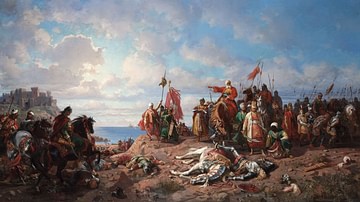
Article
Battles & Conquests Of The Ottoman Empire (1299-1683)
Spanning across three continents and holding dominance over the Black and Mediterranean Seas, the Ottoman Sultanate (1299-1922) was a global military superpower between the 15th and 17th centuries. From the point of its inception in 1299...
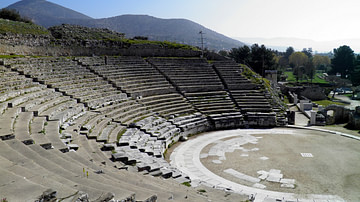
Article
Macedonian Colonization Under Philip II
Philip II of Macedon (359-336 BCE) envisaged a broad Macedonian kingdom and his colonial expansion resulted in the forging of an empire that his son Alexander the Great (r. 336-323 BCE) would use as a springboard for even greater things...
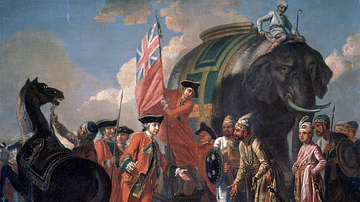
Article
Battle of Plassey
The Battle of Plassey on 23 June 1757 saw Robert Clive's East India Company army defeat a larger force of the Nawab of Bengal. Victory brought the Company new wealth and marked the beginning of its territorial expansion in the subcontinent...
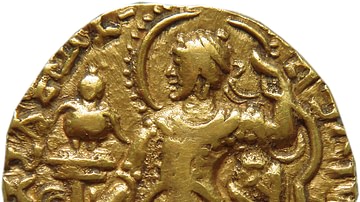
Image
Samudragupta Coin: Standard Type
This coin issued by Emperor Samudragupta (335/350 – 370/380 CE) of the Gupta dynasty shows him wearing a Scythian-style coat, trousers and cap and Indian-style necklace and earrings. He has a halo around his head. The standard shown in the...
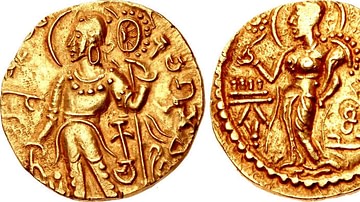
Image
Gupta Empire Coin: Kacha Type
This coin issued by an emperor of the Gupta dynasty (either Samudragupta or Kacha/Kachagupta) shows the King dressed in a Scythian-style coat, trousers and cap and Indian-style necklace and earrings with a halo around his head. He is...